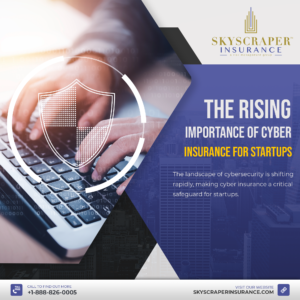Things are not amazing by any means: tens of thousands of Americans have died because of the coronavirus, millions are without jobs, families, and friends remain separated, and daily life has yet to return to normal. The world is still very much in the throes of a pandemic, but there are silver linings, slivers of hope and goodness amid the uncertainty and negativity. It is important to try to look at the bright side.
Quality Family Time
While spending twenty-four hours a day with the same people can be difficult, social distancing and quarantine provide us with a unique opportunity to enjoy quality time with our loved ones. Plan fun activities to do with your family or simply make an effort to be grateful for this time together. Your family members will look back at this time and remember it for the rest of their life. Create positive memories together.
People Are Saving More Money
According to the Bureau of Economic Analysis, Americans more than doubled their savings in March. With little travel and entertainment options on which to spend money, consumers have instead saved or redirected that money to things like groceries and home improvement projects.
More Time for Yourself During Quarantine
While you do not need to invent calculus in quarantine like Issac Newton, the extra time at home allows us to explore our personal passions and focus on ourselves. Whether it’s honing your cooking skills, taking up a new instrument, or embarking on a fitness journey, there are countless productive and fulfilling ways to fill your days.
Homes Are Getting Cheaper
Home prices have dropped in expensive markets like New York City, according to the investment bank UBS. Coupled with low mortgage rates, hopeful homebuyers are in luck after years of rising prices. UBS also found that San Francisco, Miami, and Chicago saw slight declines in median housing prices.
Getting Things Done
Many of us have a checklist of things we have been meaning to do for years, and now we finally have the chance to do it. Carve out time to accomplish something, whether it is going through that old closet or cleaning out the garage. It can be a great feeling to accomplish long-dreaded tasks.
Cleaner Air, Clearer Water
At the beginning of the pandemic, we saw a dramatic drop in greenhouse gas emissions as factories halted production and life went remote. The air has not been this clean in decades, according to research published in the journal Nature Climate change. Previously overpopulated waterways, such as the canals of Venice, turned clear enough to see fish again.
While isolation indeed has its challenges, there are some positives. All this time at home makes us appreciate social interaction, travel, our loved ones, and all other activities and people that we are missing out on, all the more.




